Two essential tools stand out for their reliability and versatility: portable centrifugal pumps and manual sump pumps. Each serves distinct purposes yet shares a common goal of efficiently handling fluid transfer and management tasks across various settings.
Portable centrifugal pumps, with their compact design and powerful capabilities, have revolutionized fluid handling in numerous industries. These pumps utilize centrifugal force to propel fluid through a system, making them ideal for applications requiring high flow rates and moderate pressure. Their portability enables deployment in diverse environments, from construction sites to agricultural fields, and emergency flood relief efforts to industrial facilities.
One of the notable advantages of portable centrifugal pumps is their adaptability to different fluids and conditions. Whether pumping water, chemicals, or slurries, these pumps demonstrate remarkable efficiency and reliability. Their ability to handle varying viscosities and temperatures makes them indispensable assets in sectors such as mining, oil and gas, and municipal services.
Moreover, the convenience of mobility enhances their utility in emergency situations. During flood crises or firefighting operations, the portability of centrifugal pumps enables rapid deployment to mitigate damages and safeguard lives and property. Their ease of setup and operation ensures quick response times, crucial in time-sensitive scenarios where every moment counts.
However, despite their versatility, portable centrifugal pumps have limitations, particularly in scenarios where power sources are limited or unavailable. This is where manual sump pumps come into play, offering a reliable solution for fluid removal in low-resource or off-grid environments.
Manual sump pumps, though simple in design, excel in scenarios where electricity or fuel-powered options are impractical or unavailable. Consisting of a hand-operated lever or piston mechanism, these pumps rely on human power to create suction and discharge fluids. While their pumping capacity may be lower compared to their mechanical counterparts, manual sump pumps offer reliability in situations where power outages or remote locations pose challenges.
The versatility of manual sump pumps extends beyond their reliance on human power. Their lightweight and portable nature makes them invaluable tools for homeowners, particularly in areas prone to basement flooding or water accumulation. With less maintenance requirements and straightforward operation, these pumps provide a cost-effective means of safeguarding property against water damage.
Furthermore, manual sump pumps serve as backup options in conjunction with primary drainage systems, offering redundancy and peace of mind. In industrial settings, they find utility in confined spaces or hazardous environments where electrical equipment poses risks. Their simplicity and durability make them suitable for long-term deployment in demanding conditions.
In conclusion, portable centrifugal pumps and manual sump pumps represent indispensable assets in the realm of fluid management. While each serves distinct purposes and possesses unique capabilities, both contribute to enhancing efficiency, safety, and resilience across diverse industries and applications. Their versatility, reliability, and adaptability underscore their status as indispensable tools for handling fluid transfer and management tasks in various settings.
Innovations in pump technology continue to drive advancements, with manufacturers constantly refining designs to improve efficiency and durability. Integration of smart features, such as remote monitoring and predictive maintenance, enhances operational effectiveness and reduces downtime.
Moreover, ongoing research and development efforts aim to address environmental concerns by incorporating eco-friendly materials and optimizing energy consumption. As industries evolve and challenges evolve, the evolution of portable centrifugal pumps and manual sump pumps remains pivotal, ensuring resilience and sustainability in fluid management practices.

 English
English русский
русский Español
Español
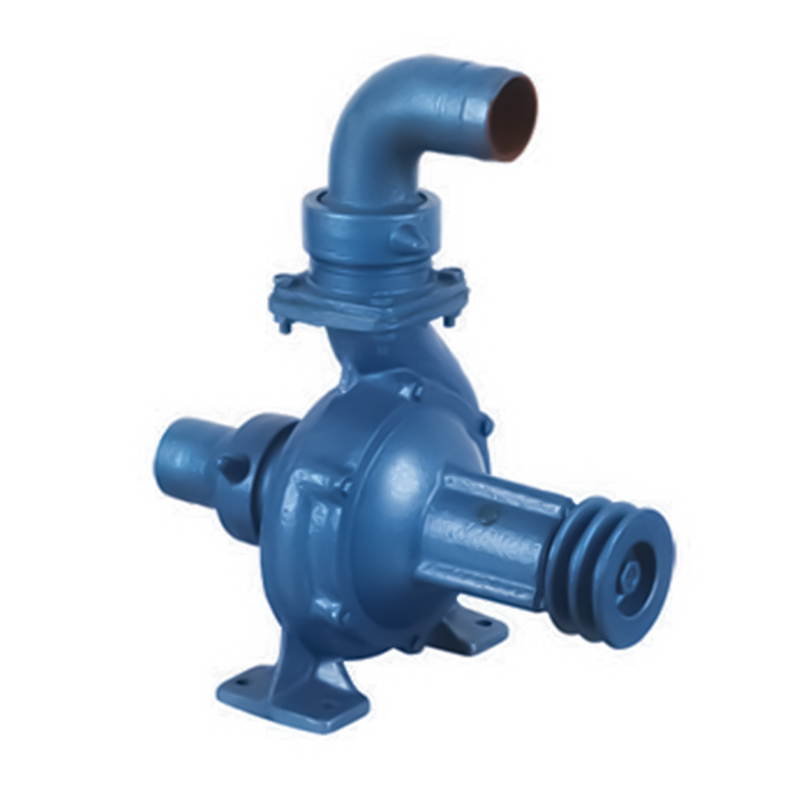
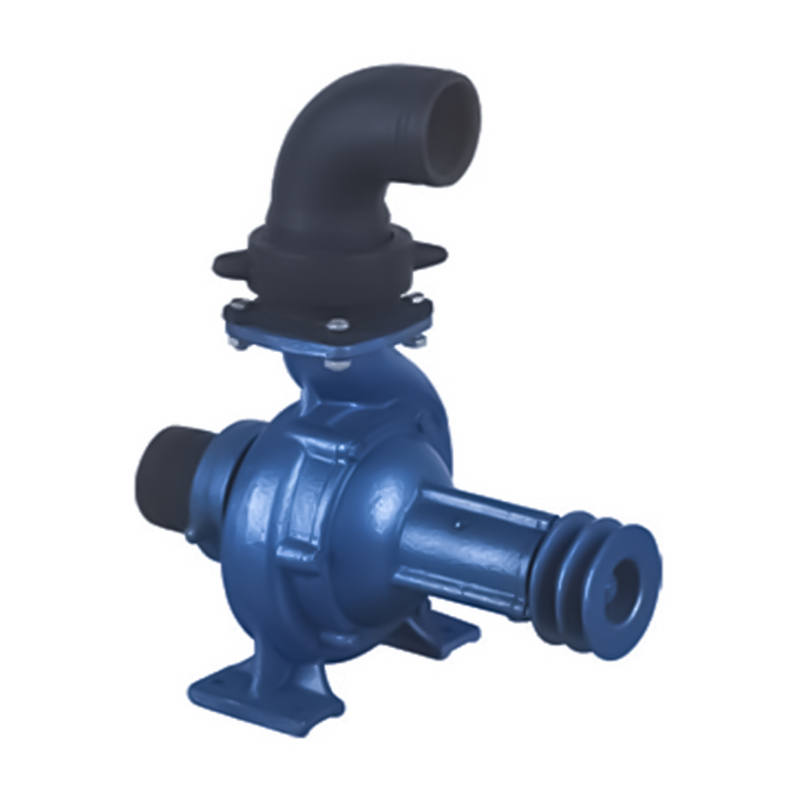

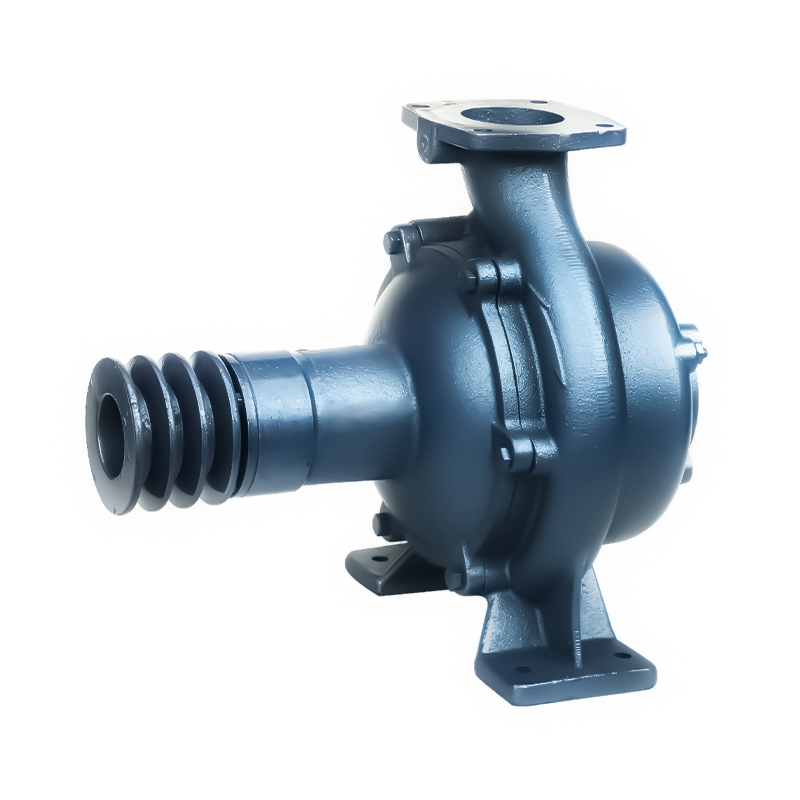
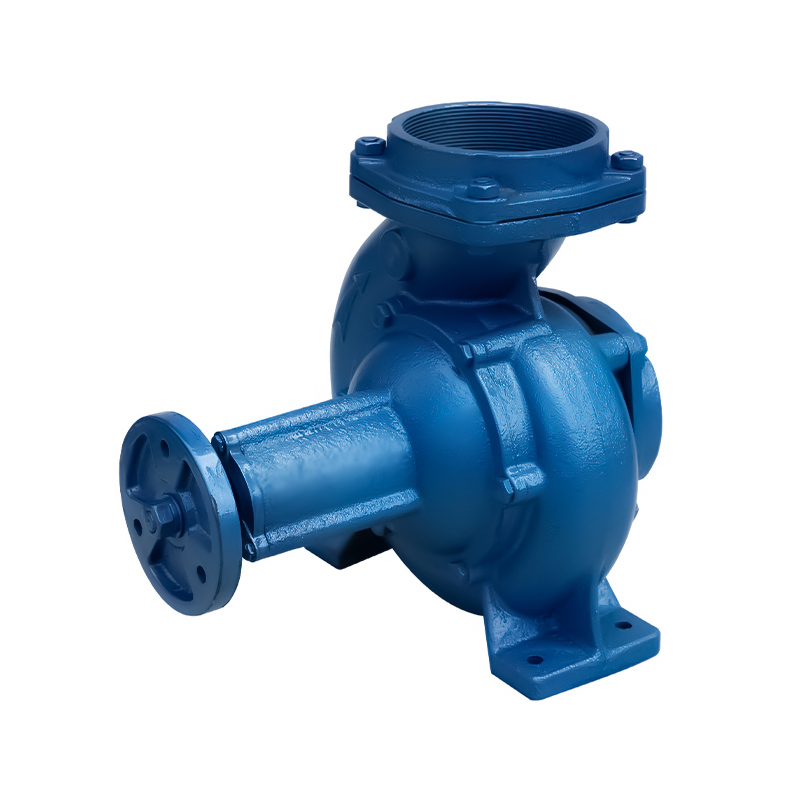
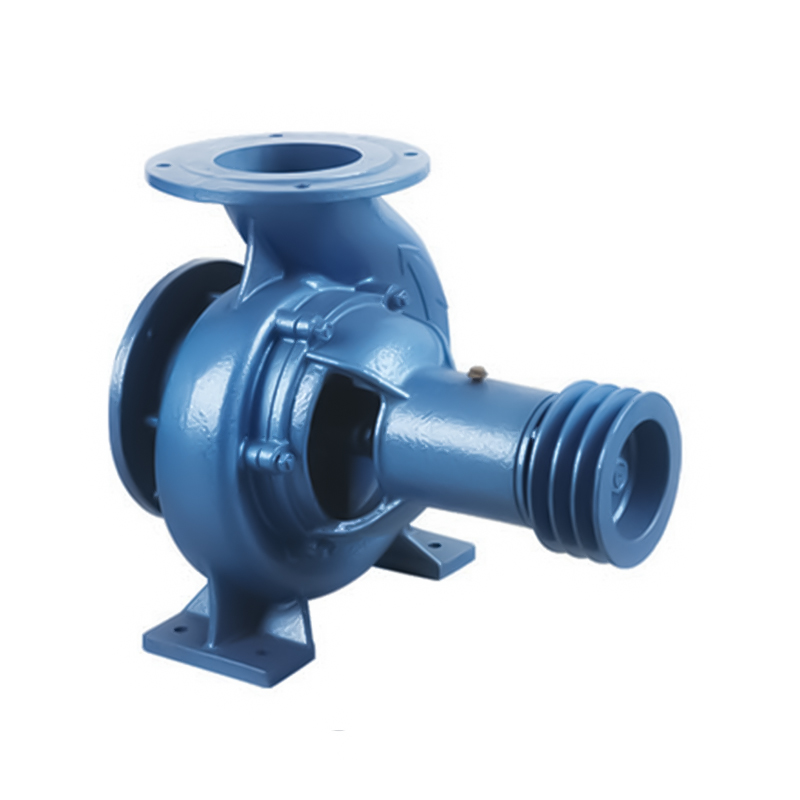
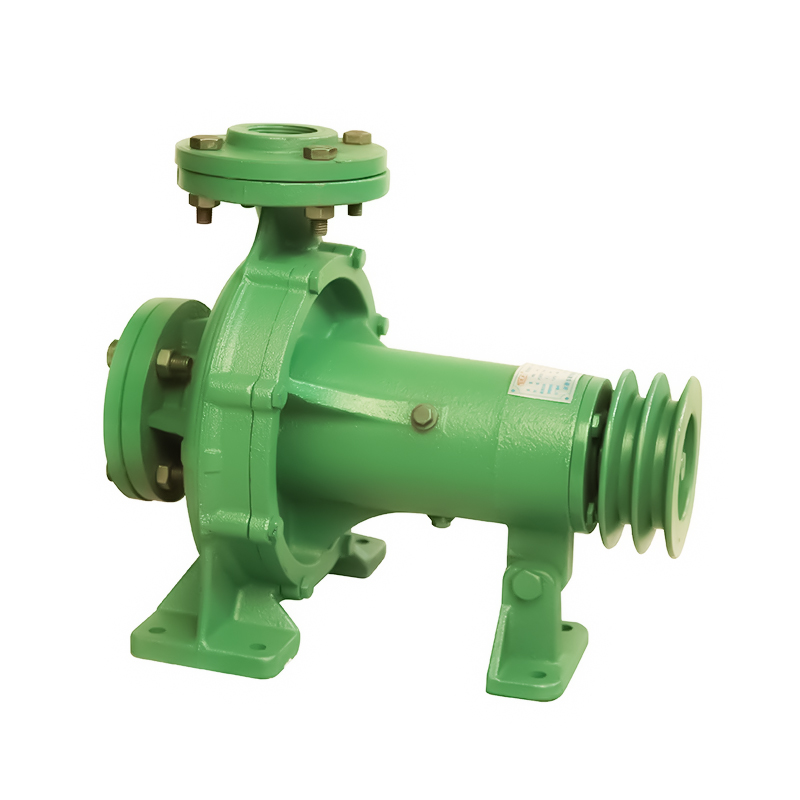

 Email:
Email:
 Phone:+86-13605899207
Phone:+86-13605899207

